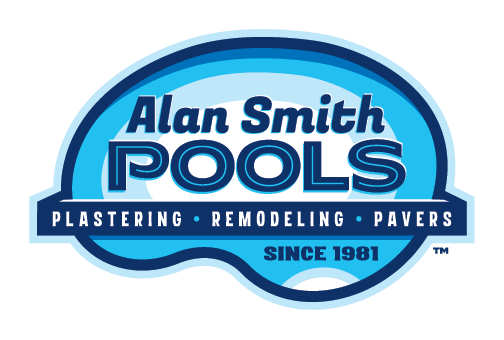Pool Plasterers & Scientists Collaborate for Spot Etching Answers
In the last segment we laid out the major theories that we were able to test with our group of pool plasterers and scientists. And so, at last, we come to the crux of it all. Why spend all of this time learning if pool plasterers don’t put the knowledge to use? Our in-depth research approached the spot etching problem scientifically, and we received excellent results.
Attacking the Theories: Our Results
-
Theory #1: Supplemental Lubricating Water
Lubricating Water showed no measurable contribution to etching. In fact, it helped us apply better coats of plaster that held up better than our trials without lubrication.
-
Theory #2: Calcium Chloride
Calcium Chloride had a negligible impact on the problem. As we suspected, the compounds that are in concrete and not pool plaster were the key difference. Calcium chloride does not cause spot etching.
-
Theory #3: Filling the Pool Too Soon
Filling the Pool Too Soon was a bit of a silly postulate in the first place, but we wanted to be thorough. The simple fact that etching happens at all heights on the side of a deep pool make it clear that timing isn’t an issue. If a pool is filled before the plaster sets, the plaster is ruined, not etched.
-
Theory #4: Excessive Troweling
Excessive Troweling was a serious concern. Our experiments showed that excessive troweling actually compacted the plaster, making it more resistant to etching, but not immune.
-
Theory #5: Water to Cement Ratio
Water to Cement Ratio was carefully studied. We found that adding more water did produce more calcium hydroxide, but the range of variation was too small to explain the problem. Ultimately, too much water prevents the plaster from sticking long before it affects the etching ratios.
-
Theory #6: Aggressive Pool Water
Aggressive Pool Water was, unsurprisingly, the ultimate culprit. If the water is corrosive, then the plaster has no defense against etching. It can take years, but the natural chemistry is what causes etching.
How to Attack Aggressive Pool Water
Now that we know precisely what causes the problem, pool plasterers can make a thorough plan of attack. Take a look at the things that can be done to prevent the problem, and the things you can do to help yourself.
Better Materials
Since we learned that etching ultimately comes from dissolving calcium hydroxide, there are some straightforward changes to the plaster compound that can go a long way. Adding pozzolans is the key. A pozzolan can be a number of different chemical compounds, but essentially it is a siliceous compound that reacts with the calcium hydroxide. It compacts the mixture and makes it much more difficult to dissolve. In fact, pozzolans were first discovered by the ancient Romans, and copying their techniques has had excellent results for our pool plasterers.
Besides improving the plaster compound, we can consider alternative finishes. Pebble finishes and the like create an inert barrier between the plaster and the water, making it substantially harder for any reaction to occur. Of course, neither of these solutions will last forever if the water is too aggressive, but a good maintenance plan can take care of that.
Water Treatment
As a pool owner, you know that there is a lot that goes into pool water chemistry. While you have surely been diligent to maintain the balance of chemicals to ensure a safe swimming experience, there are a few adjustments that can protect your plaster from spot etching. Most test kits include calibration strips. These are important, as different factors can change the alkalinity by very large margins. Excessive chlorine or acid can make your numbers read incorrectly if you don’t use the correction factors. If that sounds complicated, every kit has the adjustment factors in the instructions. Basically, if any numbers are outside of a certain range, you just add or subtract the amount listed in the instructions.
The other big thing you can do is check the accuracy of your testing kits. At least once a year, you can compare your kit’s results to that of a professional pool company to make sure the readings are accurate. Keep to these tips, and you can keep spot etching at bay indefinitely.
Pool Plastering with the Pros: Spot Etching #4 – Answers | Alan Smith Pools – Pool Plasterers







